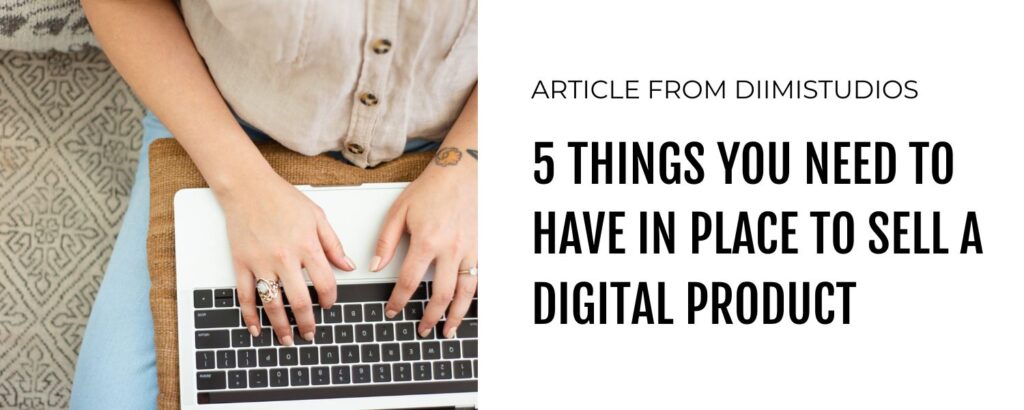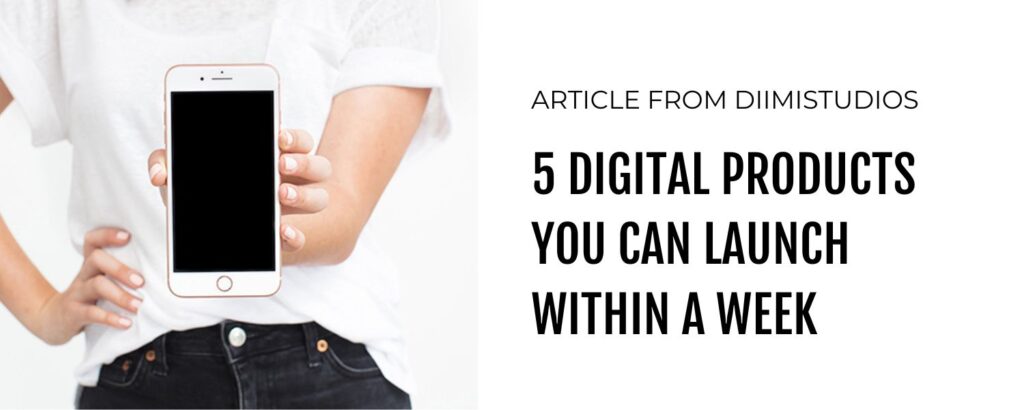MENU
MENU
I write about modern digital concepts and products, plus other ways of running online businesses. Sometimes I also write about things that makes life easier as a business owner.
I love having you here!
Hi
& welcome
Love Mia
Digital sales funnels are everywhere these days! But what is it? Well, the concept as such is nothing new, successful salesmen have used it to market and sell for ages. But in this article we’ll take a look at the concept from a digital perspective – the automated sales funnel. Let’s gain understanding of the new types of system support and digital solutions that are at our disposal.
So, what is a sales funnel?
The goal is conversion
A sales funnel is simply a way of describing a process. It starts when a potential customer finds you online, somewhere in the digital marketplace. And it ends when they become a paying customer who buys your services or products. The process can often be divided into a number of steps where a customer moves further down the funnel, towards the potential purchase. When a customer finalizes a purchase, it’s called a conversion. The conversion is the goal of the sales funnel.
As the term ‘funnel’ indicates, there are usually far fewer people who make it through the entire funnel than are exposed to it. Each step in the process poses a risk of the customer losing interest and leaving. The goal for the seller thus becomes to ensure that the funnel is appealing and that each step provides added value so that the potential customer’s interest is sustained all the way to purchase.
What is conversion rate?
If we define the purchase as the conversion, then we can establish a key figure for measurement – conversion rate. The conversion rate is a figure that measures how many of the people exposed to the funnel follow it all the way through and become paying customers. It is usually stated as a percentage.
Example. Your ad is run and exposed to 1000 people. Out of these, there are 200 people who click the ad. And out of these, there are 20 people who actually buy your product. The conversion rate is 20/1000 = 2%
On average, the conversion rate in e-commerce is about 1-3%. Simpler decisions and products in lower price ranges generally generate a simpler sales funnel with fewer steps and a higher conversion rate. Correspondingly, more difficult decisions and products in higher price ranges generally generate a slightly more complex sales funnel in more steps or with a lower conversion rate.
A typical digital sales funnel
An example of a very common and simple sales funnel for a physical product looks like this:
- The person sees your product in an ad on Facebook. They become interested and save the post
- With the help of your Facebook pixel, the person is once again exposed to the ad a few days later and decides to act
- The person follows the link to your webshop and clicks through to make a purchase
Different complexity in the sales funnel
The bigger the potential purchase, the more work is usually involved to get the customer to buy. A physical product that doesn’t cost a lot can probably convert quite well already on the first exposure. But let’s say you’re selling coaching or a digital course or a subscription that requires both more money and more commitment from the customer. Then you probably need to work harder to get the customer to convert. The customer firstly needs to have a clear problem they want to solve. Then they need to be convinced that you and what you offer can solve that problem. It is a purchase that probably takes place over a slightly longer period of time and with more exposures than the simpler example.
A subgoal is the mailing list
Ensuring that the same person is exposed to your ads has become more difficult since GDPR’s stricter tracking consent requirements were introduced. An important way to be able to reach a potential customer more times has therefore become that the customer voluntarily gives you their email address and consents to receiving emails from you. It is one of the most effective ways we can sell automatically without having to pay a lot for exposure through advertising. Once the potential customer is on the e-mail list, they’re called ‘a lead’. It is then easy to expose them to a sales sequence that maximizes the chance of a conversion.
Getting a lead, i.e. a customer to add their email address to your mailing list can be done in a few different ways. Often it requires an exchange of knowledge or information. Some common ways to let people sign up for mailing lists are:
- Voluntarily enter the mail-address on the website to sign-up for further information
- Tick a small box in connection with a purchase
- Give the email-address in exchange for free downloadable material, a so-called freebie
- Give the email-address in exchange for a free webinar, a digital lecture of some sorts
Sales funnel with freebie
An example of a slightly more complex sales funnel in five steps with a mailing list included could look like this:
- The person sees your Instagram reel which captures their interest
- Goes to the Instagram profile and starts reading
- Downloads a freebie, i.e. a free material and ends up on the mailing list
- Reads your newsletters and gains confidence in your competence
- Want to know more and become a paying customer
Sales funnel with webinar
Another very common, slightly more complex webinar sales funnel that you see often is this one:
- The person sees a Facebook ad about a free webinar
- They sign up and get on the mailing list
- They receive a sales sequence with a number of emails depending on whether they participated in the webinar or not
- They get a bit of time pressure in the form of an offer with a deadline
- They become a paying customer
Who needs a Sales Funnel?
Everyone who sells products or services online today needs a Sales Funnel in some way. The less interaction you want with the sales process and potential customers, the more automated it needs to be. You can say that when a funnel is fully automated, including the delivery of the product, then you have a digital product. Or an evergreen, passive income stream.
If you want to understand what components are needed to set up a fully automated sales funnel for a digital product, then check out this article.

And if you want to learn more about what kind of products you can sell fully digitally, then this article is for you.

Even digital products are bought based on feelings
But remember, even if your sales is fully automated, people still buy with their feelings so it can’t be any less personal. There still needs to be ways for potential customers to connect with the story, the brand, the teacher or the product. That’s why story telling in text or in video often plays a major part in successful sales funnels. Also e-mail sequences, i.e. sending multiple e-mails over a period of time, is a common way to facilitate the automated, yet personal funnel. Remember, people are exposed to such huge amounts of products, offers and services online today, so that connection is more important than ever to convert.
What is a digital sales funnel?
